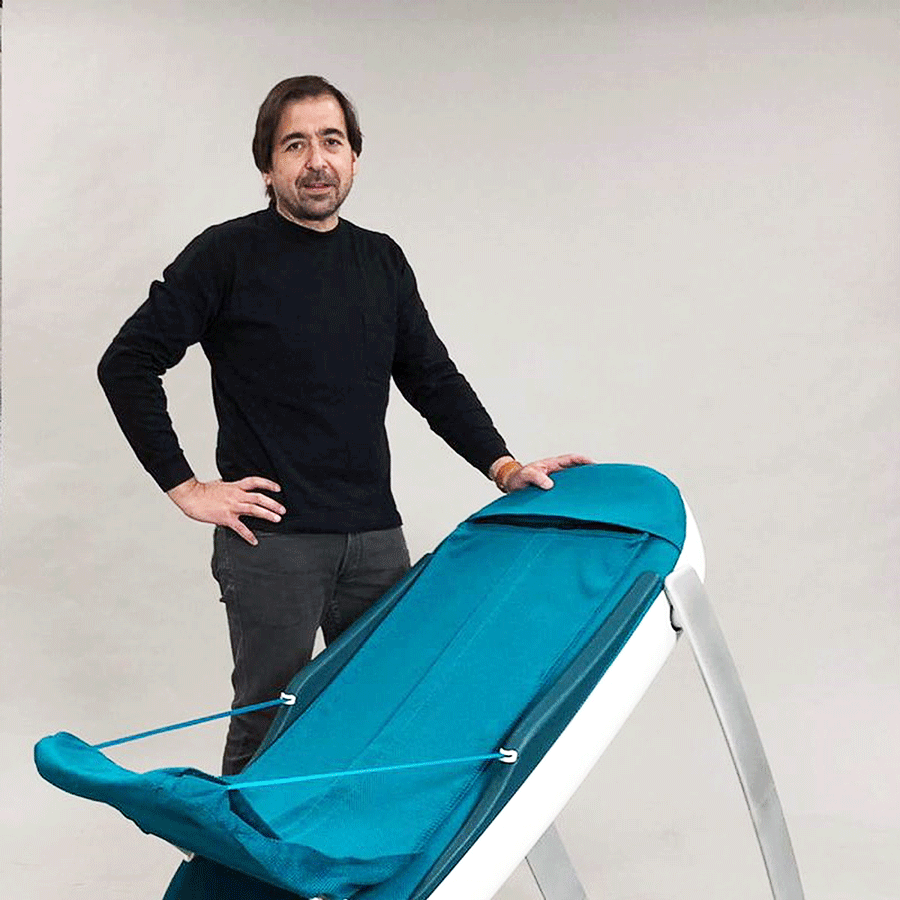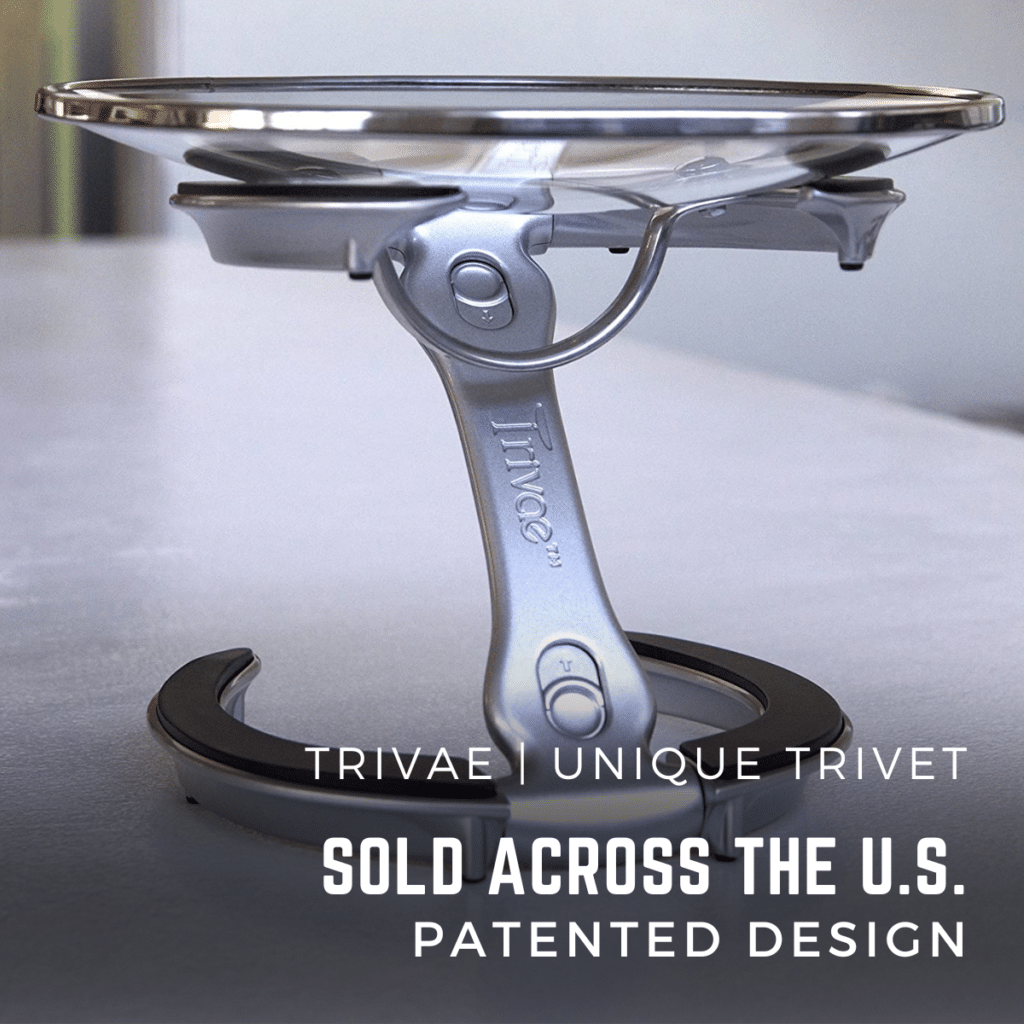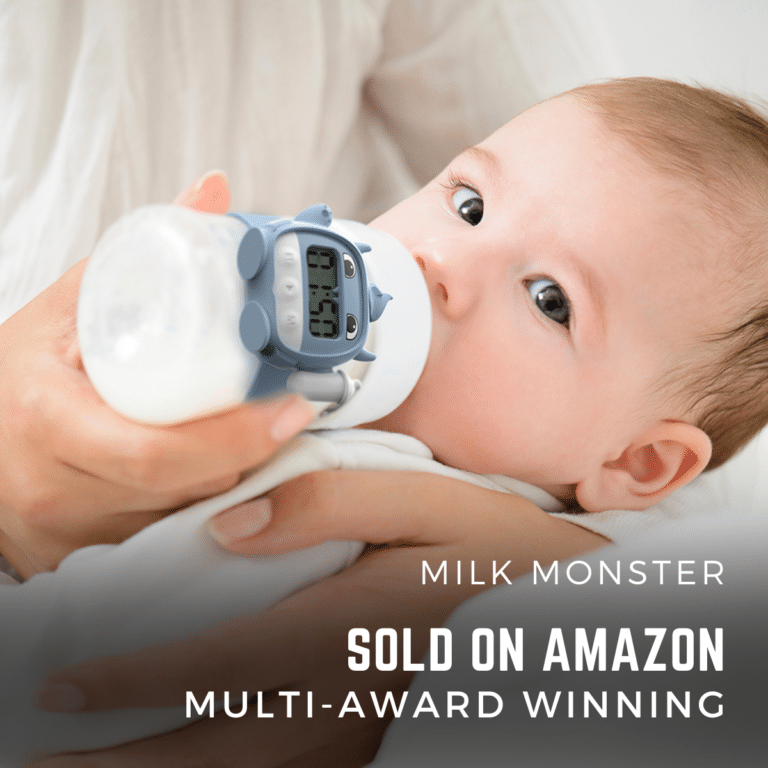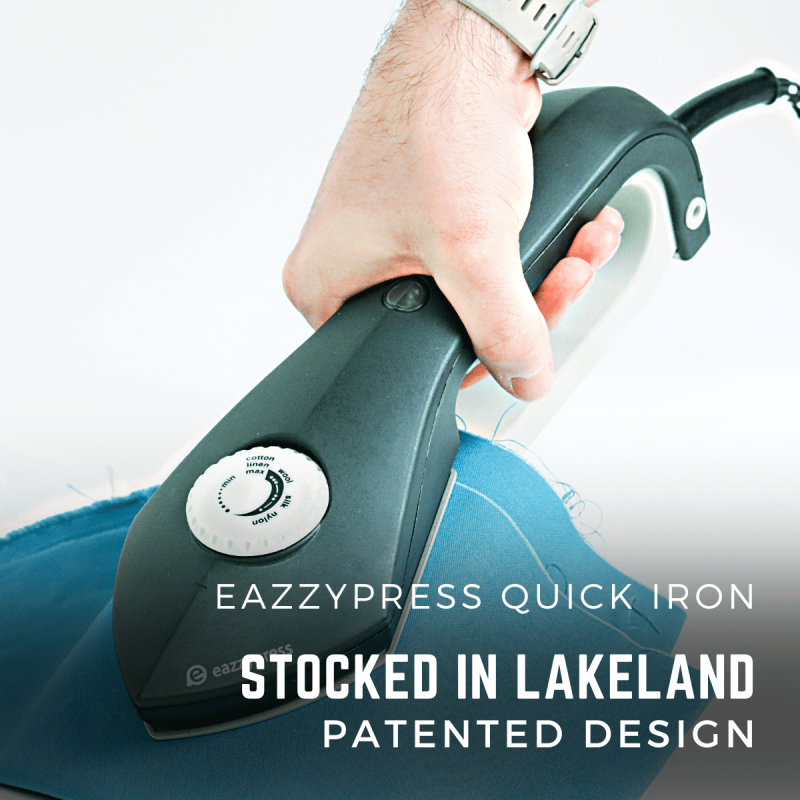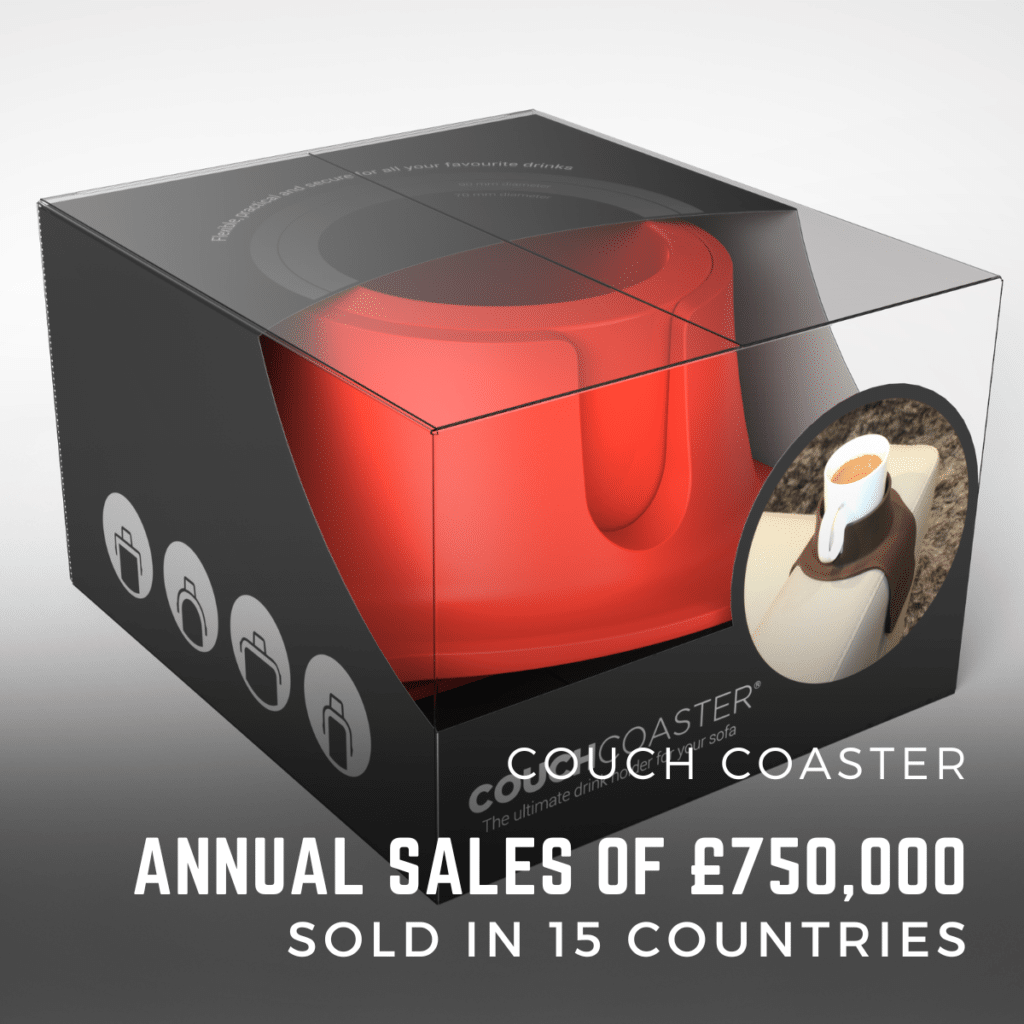Prototype Manufacturing – Why there’s no such thing
If you’re developing a new product, prototyping is a crucial step in the process that can help to ensure the final product meets the required specifications and is of high quality. However, there’s an argument to be made that there’s no such thing as “prototype manufacturing.” In this brief article, we’ll explore the differences between prototyping and manufacturing, the role of prototyping in manufacturing, and why you should consider using a prototyping company like D2M to create a prototype of your product.
Why There’s No Such Thing as Prototype Manufacturing
While it’s true that prototyping is an essential part of product development, prototyping and manufacturing are actually two distinct processes with different goals and limitations.
At its core, prototyping is all about testing and validating the design of a product. Prototypes are created to identify any issues or problems with the design before it goes into mass production. This process allows engineers and designers to make modifications to the design to improve functionality, performance, and other factors.
Manufacturing, on the other hand, is the process of creating a product at scale. The goal of manufacturing is to produce a high volume of products that meet specific quality standards while keeping costs low.
The distinction between prototyping and manufacturing is an important one because of the limitations of prototyping.
Why should I use D2M to manufacture a prototype of my product?
There are several reasons why you should consider using D2M to manufacture a prototype of your product.
Firstly, D2M has nearly 14 years of experience in prototyping and has a team of experts who specialise in creating prototypes for a variety of sectors. This means that we have the skills and expertise to create prototypes that meet your specific requirements.
Secondly, we work with manufacturers in 6 countries globally, which means that we have access to a wide range of materials and manufacturing techniques. This allows us to create prototypes from textiles, plastics, and metals, ensuring that we can create a prototype that meets your specific needs.
Thirdly, we use state-of-the-art equipment and technology to create our prototypes, ensuring that they are of the highest quality. This means that you can be confident that the prototype we create will be an accurate representation of your final product.
Finally, we pride ourselves on our customer service and communication. We work closely with our clients throughout the prototyping process to ensure that we understand their needs and requirements. This means that we can create a prototype that meets your specific needs and exceeds your expectations.
Overall, if you’re looking for a reliable and experienced prototyping company that can create high-quality prototypes for your product, then get in touch with D2M today.
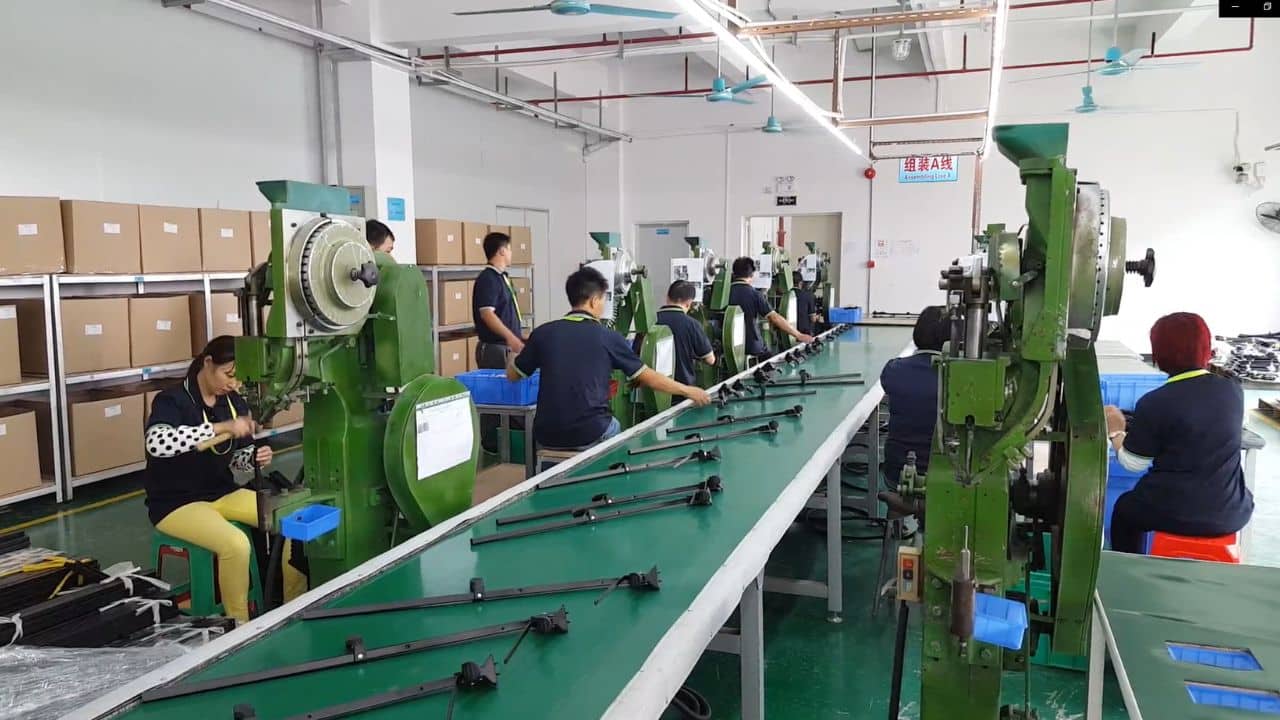
The Role of Prototyping in Manufacturing
Prototyping is a crucial step in the manufacturing process that plays a significant role in product design and development. It involves creating a working model of a product that can be tested and evaluated before it goes into full production. Additionally, prototyping allows manufacturers to assess the feasibility of a product and make necessary changes to ensure it can be produced cost-effectively. Prototyping also allows innovators to test the product in real-life scenarios, providing valuable feedback that can be used to improve the design and functionality further.
Despite being time-consuming and expensive, prototyping remains an essential step in the manufacturing process that helps to ensure the final product meets the required specifications and is of high quality. Furthermore, prototyping can be used for market research and to prove out the concept for investors or stakeholders before investing in production. Often, 1000-3000 units are the minimal order from a manufacturer, and this can represent a significant amount of money.
Therefore, prototyping is an essential part of the product development process that helps to minimise risks, prove the product-market fit, refine the design, and maximise the chances of success in the market.
Professional Prototyping Services
At D2M, we offer a range of prototyping services that reduce the risk of costly errors, enhance user-centric design, and accelerate time-to-market. From Proof of Principle Prototyping, Mark 1 Prototypes, adn High Fidelity Detailed Prototypes our experienced team is equipped to guide you through every step of the process. Our goal is always to help you progress towards a commercially viable and market-ready product while considering factors like production costs, manufacturing constraints and market expectations.
Definitions of Prototyping and Manufacturing
Manufacturing is the process of transforming raw materials, components, or parts into finished products that meet the desired specifications of the customer. This process involves various stages, such as tooling, production, assembly, and quality control, and it usually requires the use of machinery, equipment, and skilled labour. The goal of manufacturing is to create products that are of high quality, affordable, and can be produced at scale to meet the demand of the market.
Prototyping is the process of creating a working model or sample of a product or system to test and evaluate its design, functionality, and performance. Prototyping involves creating a physical or digital representation of the product, often using materials and manufacturing methods similar to those used in the final product. Prototyping allows designers and engineers to identify any issues or problems with the design before it goes into mass production, and it allows for modifications to be made to improve the product’s overall quality and performance.
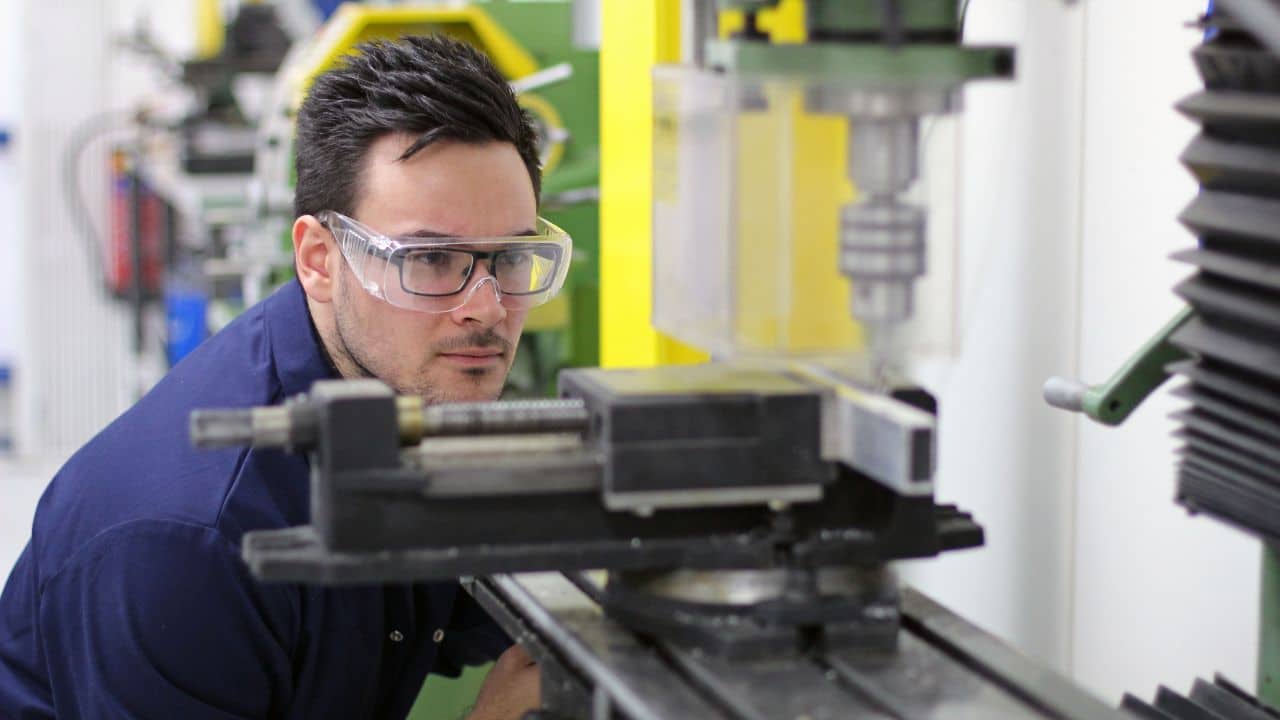
The Differences between Manufacturing and Prototyping
Manufacturing and prototyping are two different processes used in product development, with unique goals and requirements.
Manufacturing aims to create high-quality products at scale while keeping costs low. Prototyping, on the other hand, is the process of creating a low number (often 3-4) models of a product to test and validate the design, allowing designers to experiment with different materials and improve functionality. While prototyping allows for flexibility and experimentation, it can be costly and time-consuming to create large volumes of prototypes. Additionally, the materials and manufacturing methods used in prototyping may not be suitable for mass production, which can lead to issues with quality and cost.
Another significant difference between manufacturing and prototyping is the cost involved. Manufacturing requires significant investment in tooling, equipment, and processes, while prototyping can be done using various methods, including 3D printing, which requires less investment in equipment and materials.
Manufacturing takes longer due to setup costs and the need to produce products at scale, while prototyping can be done quickly to test and validate different design ideas.
Lastly, the use of tooling in manufacturing is typically a significant upfront investment that can pay off in the long run by improving efficiency and reducing costs. In contrast, prototyping often involves the use of 3D printing technology or hand fabrication, which allows for the creation of prototypes without the need for tooling.
Innovators must carefully consider the costs and benefits of investing in tooling when moving from the prototyping phase to mass production to ensure that their products are high-quality, cost-effective, and meet the needs of their customers.
Prototype Manufacturing Conclusion
In conclusion, manufacturing and prototyping are two distinct processes with different goals, requirements, and timelines. While manufacturing is focused on producing products at scale efficiently and cost-effectively, prototyping is focused on testing and validating the design. While 3D printing is an excellent tool for prototyping, production tooling is a necessary part of manufacturing. By understanding the differences between manufacturing and prototyping, businesses can make informed decisions about how to best move their products from concept to production.
On this page
Product Manufacturing FAQs
What is prototype manufacturing?
Although the term “prototype manufacturing” is sometimes used, there is actually no such thing. Prototyping and manufacturing are two distinct processes with different goals and limitations. Prototyping is all about testing and validating the design of a product, while manufacturing is the process of creating a product at scale.
How much does it cost to manufacture a prototype?
The cost of manufacturing a prototype can vary depending on a number of factors such as the complexity of the design, the current level of development, the materials used, and the need for bespoke software, electronics and apps as part of the prototype. Generally speaking, the cost of manufacturing a prototype can range from several hundred to tens of thousands pounds. It’s important to keep in mind that the cost of a prototype is an investment in the development of a product and can ultimately save money in the long run by catching design flaws early on before full-scale production begins.
What is the process for making a prototype?
The process of making a prototype typically involves creating a preliminary version of a product in order to test and refine its design. This may involve creating a physical model using materials such as clay, foam, or cardboard, or it could involve creating a digital model using computer-aided design (CAD) software. The goal of making a prototype is to identify any potential design flaws or issues before the product goes into full-scale production.
What is a prototype with example?
A prototype is an initial version of a product that is developed to test and evaluate its design, functionality, and performance before it is released for mass production. It is used to identify and correct any flaws or issues before the final product is produced. For example, a pushchair brand may commission a prototype of a new pushchair model to test its design, performance, ergonomics and safety features. The prototype will be evaluated and refined until it meets all the required specifications and standards. Only after the prototype has been approved, will the brand begin mass production of the final product.
What is product manufacturing?
Product manufacturing is the process of creating goods or products that are intended for sale or distribution. This can involve various stages such as: sourcing the raw materials; assembling or producing the product, and packaging it for distribution. The goal of product manufacturing is to create high-quality products that meet the needs and expectations of consumers while also being efficient and cost-effective to produce.
Rated 5 stars on Google
What our clients say


